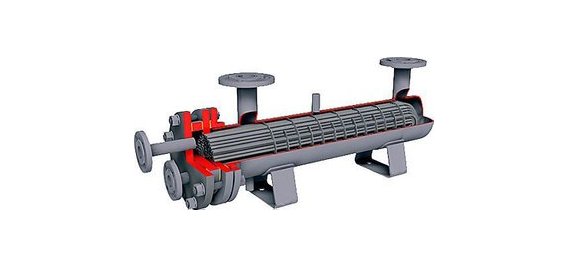Chemical and Process Engineering Resources

Shell and Tube Exchangers: Where Should I Put the Fluids?
In shell and tube heat exchangers, the specifying engineer has to decide whether each fluid should be placed on the shell side or the tube side. In general, fluids that exhibit these characteristic are preferred for the tube side:
- High pressure fluids
- Corrosive fluids
- Fouling fluids
- Viscous fluids
- Slurries or fluids with significant solid loading
Placing the high pressure fluid in the tubes will minimize the cost associated with the exchanger because the cost of thicker tube walls is generally less expensive than a thick shell. Corrosive fluids that require a higher alloy are also best placed in the tubes so that the shell does not have to be cladded with or fabricated from an expensive material. It is a "must"Â to place the most fouling fluid inside the tubes. The shell sides of shell and tube heat exchangers are notoriously difficult to clean. Viscous fluids are certainly good candidates for tube side flow as well. The heat transfer coefficient in an exchanger with a viscous fluid will almost certainly be limited by the viscous fluid. The heat transfer coefficient of a viscous fluid will be higher on the tube side than the shell side.
There may be situations where the engineer would prefer both fluids be on the tube side. In such cases, the engineer will have to consider each fluid carefully. In some cases, a shell and tube heat exchanger may not be the best choice and another heat transfer technology may have to be considered.

 FB
FB


1 Comments
what happens if temperature cross occurs in heat exchanger?